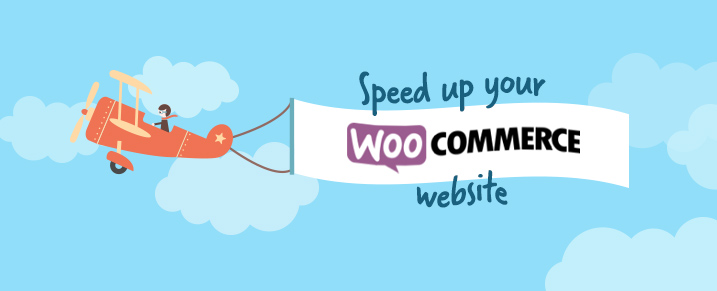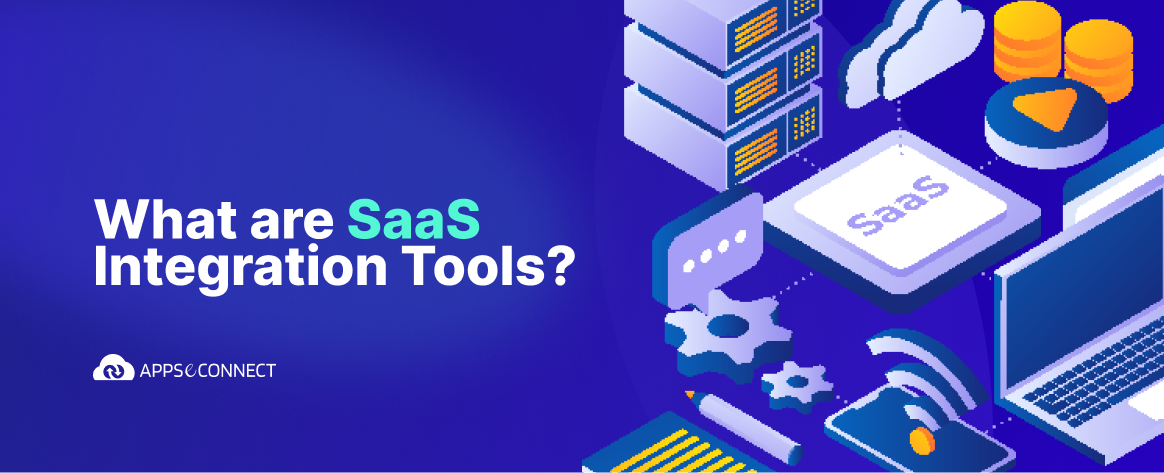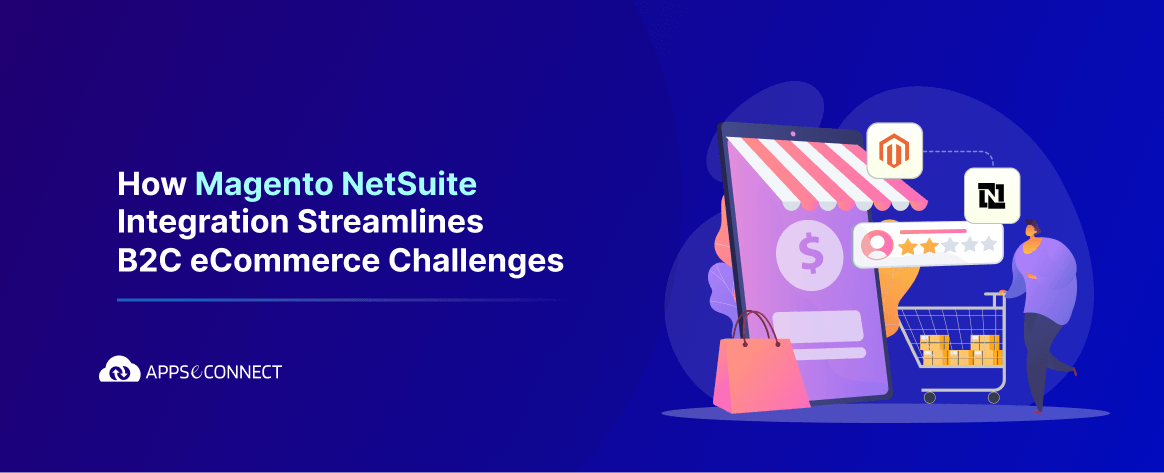
Many businesses start with a traditional WordPress website. Later when they decided to venture out and start their online store, a small plugin called WooCommerce easily converted their existing website to an online business.
With more than 14 million downloads, WooCommerce, a free eCommerce plugin by Woothemes, easily ranks as one of the most popular eCommerce solutions. Woothemes recently announced that 37% of all online stores are managed by WooCommerce. In fact, Automatic, the company behind WordPress.com has acquired WooCommerce, making it a part of the WordPress family.
As your business scales up, your store will see thousands of customers and you should be ready to manage all of them.
Is your new WooCommerce store capable of handling huge Black Friday or Cyber Monday like traffic?
You site has to be fast to gratify customers. If customers have to drum their fingers while waiting for your webpages to load, you can be sure that they would rather check out your competitors and you will lose countless sales.
Here are few factors to consider for an optimal performance during high traffic sales :
-
Hosting Provider
When you started your online business, you probably started with an inexpensive hosting provider to understand your requirements better. Later as you scale up and your traffic increases, these inexpensive hosting plans can be a hindrance. Inexpensive hosting plans have limited RAM, processing power, bandwidth and disk space to cater all your needs and a chunk of your time may be spent on dealing with downtime or load issues.
Opt for a reliable host and keep a track in your website’s cPanel for usage reports of your resources, specially bandwidth and load time. It is very important to gauge how your resources are consumed. If required, upgrade your hosting plan or migrate to a new host with better options . -
Load testing
Is your website capable of handling thousands of orders or few thousands of visitors in a day? Unless and until you load test your site, you will never know. Plan your load tests strategically in a duplicate production environment with realistic test cases. Consider how customers navigate sites, browse through numerous pages and accordingly plan your test cases.
-
Compress your images
Your website is likely to have multiple images of your products, specially large, high-quality ones. Compressing these images is one of the best ways to optimize the average load time of your product pages. With an image editor like PhotoShop or GIMP, you can easily reduce the size of these images by 60-70%, while maintaining the quality of the photos ; remember to use the ‘Save for Web’ setting for this.
-
Content Delivery Network
CDNs duplicate copies of your site across multiple servers spread across the globe. When a visitor arrives, the copy will be fetched from the server nearest to their location, thus reducing your load time and keeping your visitors happy. Small stores can avail the free plans of CDNs like CloudFlare and Amazon CloudFront. As you scale up and have advanced needs, you can shift to their paid plans.
-
Keep your site updated
Keep track of newer releases and upgrade your site as soon as possible ( after keeping a backup of your current store). Script developers constantly bring in new improvements with every release to speed up the sites and increase security. The recent major release of Woocommerce, version 2.5 was codenamed ‘Dashing Dolphin’ in deference to its focus on speed. If all extensions, plugins or other components are kept up-to-date, it greatly minimizes any risks or conflicts posed by outdated code.
-
Check if your plugins are slowing your site
Every plugin you use draws some resources, which in turn slows down your website. So check if you really need that new plugin before installing it. Sometimes a single plugin can increase your load time. You can disable/ enable a plugin and perform speed tests with free tools like Pingdom for fairly accurate results. Evaluate the plugins before use and try to understand how it will affect your site. Look out for user reviews or ratings to judge how effective the plugin actually is.
You may Like it:
WooCommerce OAuth 1 one-legged Authentication in .NET




















